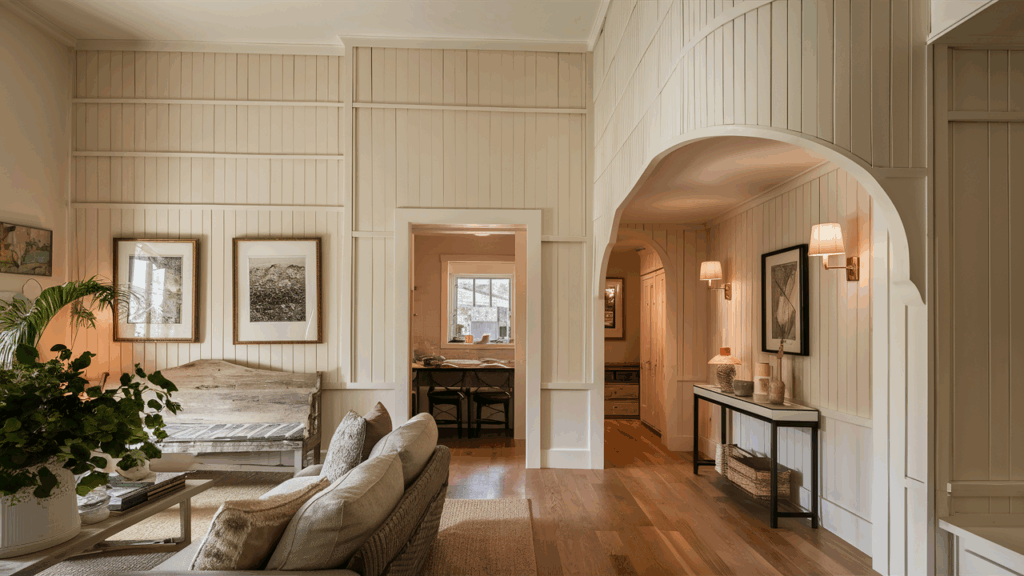Board and batten is a classic design technique that has been used for centuries to add texture and beauty to the outside and inside of buildings.
It involves placing wide wooden boards next to each other, with narrow strips (called battens) covering the seams between them.
Originally, board and batten was used to protect buildings from harsh weather, but today, it’s popular for adding a rustic, farmhouse feel to homes.
Whether you use it on the exterior of your house or inside for feature walls, board and batten is a stylish way to add character and warmth to any space.
In this post, I’ll explain board and batten, the materials used, and how it’s used in modern homes. You’ll also learn its pros and cons and some helpful design ideas.
What Is Board and Batten?
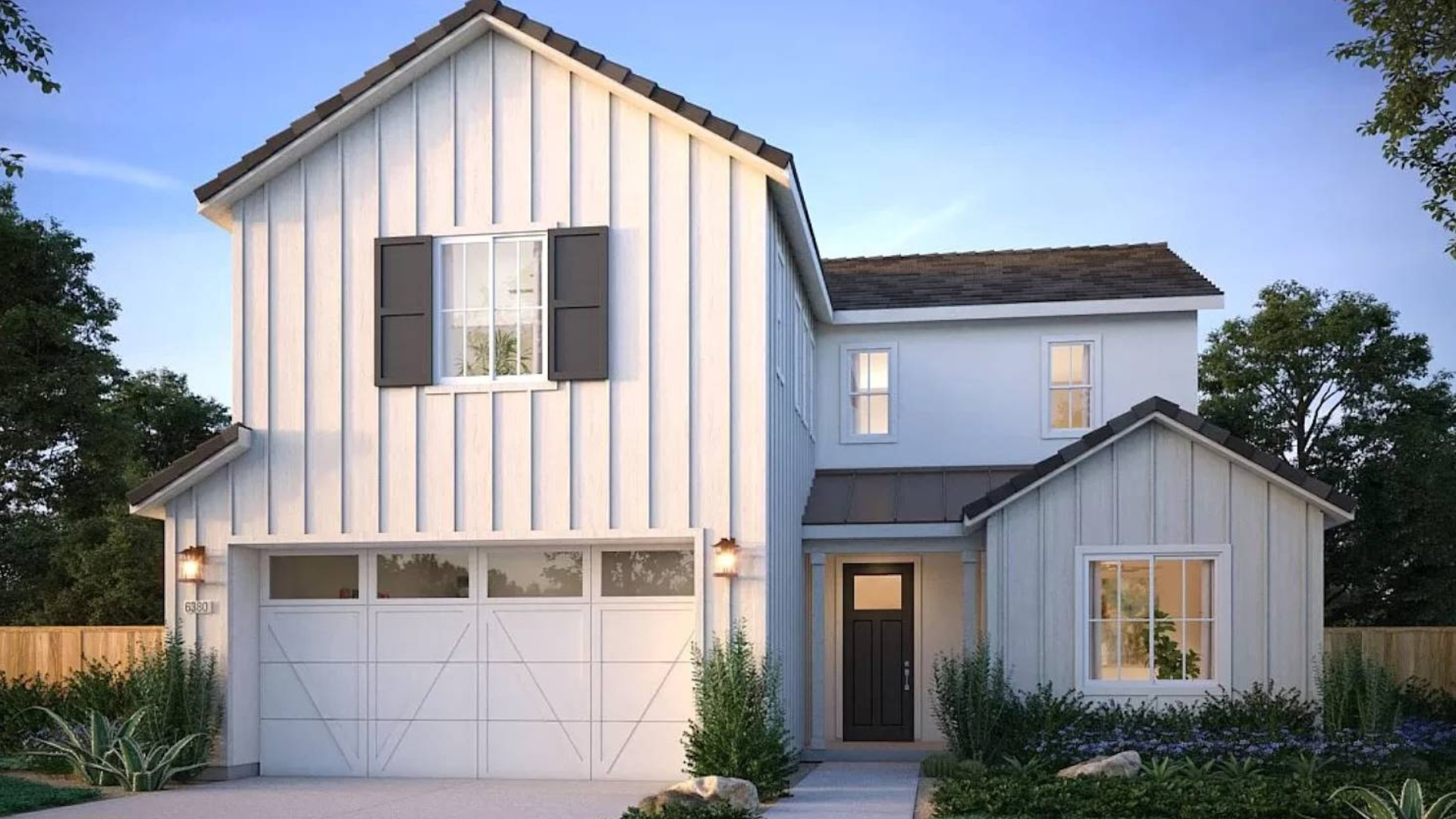
Board and batten is a wall cladding technique in which wide vertical boards are placed side by side, and narrow strips, called battens, cover the seams between them.
This creates a layered look with a lot of texture. It’s a simple but effective way to add interest and depth to walls.
Traditionally made of wood, board and batten is used both on the outside of homes as siding and inside rooms, especially as a feature wall.
The battens help seal the boards together, strengthening the structure while giving the wall a clean, structured appearance.
Although this style has evolved over the years, it still carries a timeless beauty that works in many types of spaces.
Materials Used in Board and Batten Construction
Board and batten is a traditional exterior siding technique that creates a distinctive vertical pattern with alternating wide boards and narrow wooden strips (battens).
Traditional Materials
Historically, wood was the main material used for boards and battens in board-and-batten construction. This is because wood was easy to work with and widely available.
Cedar, pine, and redwood were common choices for their durability and natural beauty.
Wood not only provided strength but also added a warm, rustic touch to homes. Over time, these materials became a symbol of classic, farmhouse-style homes.
Modern Alternatives
Today, there are several modern alternatives to traditional wood materials. Vinyl is a popular choice because it’s low-maintenance and resistant to the weather.
Composites combine wood fibers and plastic to offer strength and weather resistance without the need for regular upkeep.
Fiber cement is another modern material known for being fire-resistant and long-lasting.
These alternatives give homeowners options that are easier to maintain while still looking great.
Applications of Board and Batten
Board and batten is a versatile architectural style that can be used in numerous applications. These are the main ways this distinctive vertical siding technique is commonly applied:
Exterior Siding
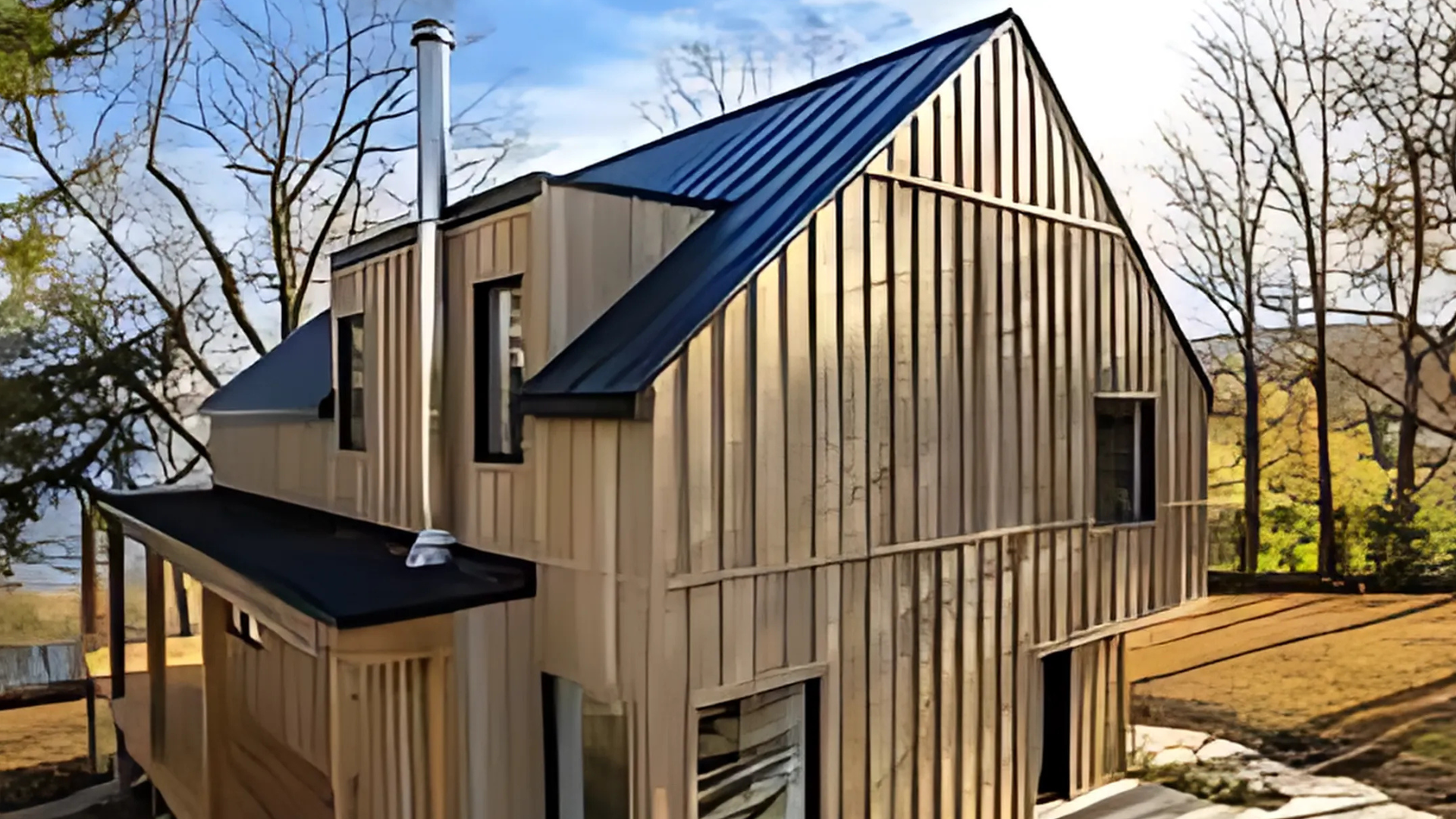
Board and batten is commonly used on the exteriors of both residential and commercial buildings. It provides a durable, weather-resistant surface that helps protect structures from rain and wind.
On the outside, board and batten help create a clean, structured appearance while also adding texture and depth to the facade.
It’s a great choice for anyone looking to add timeless appeal and durability to the exterior of their home or business.
Interior Design
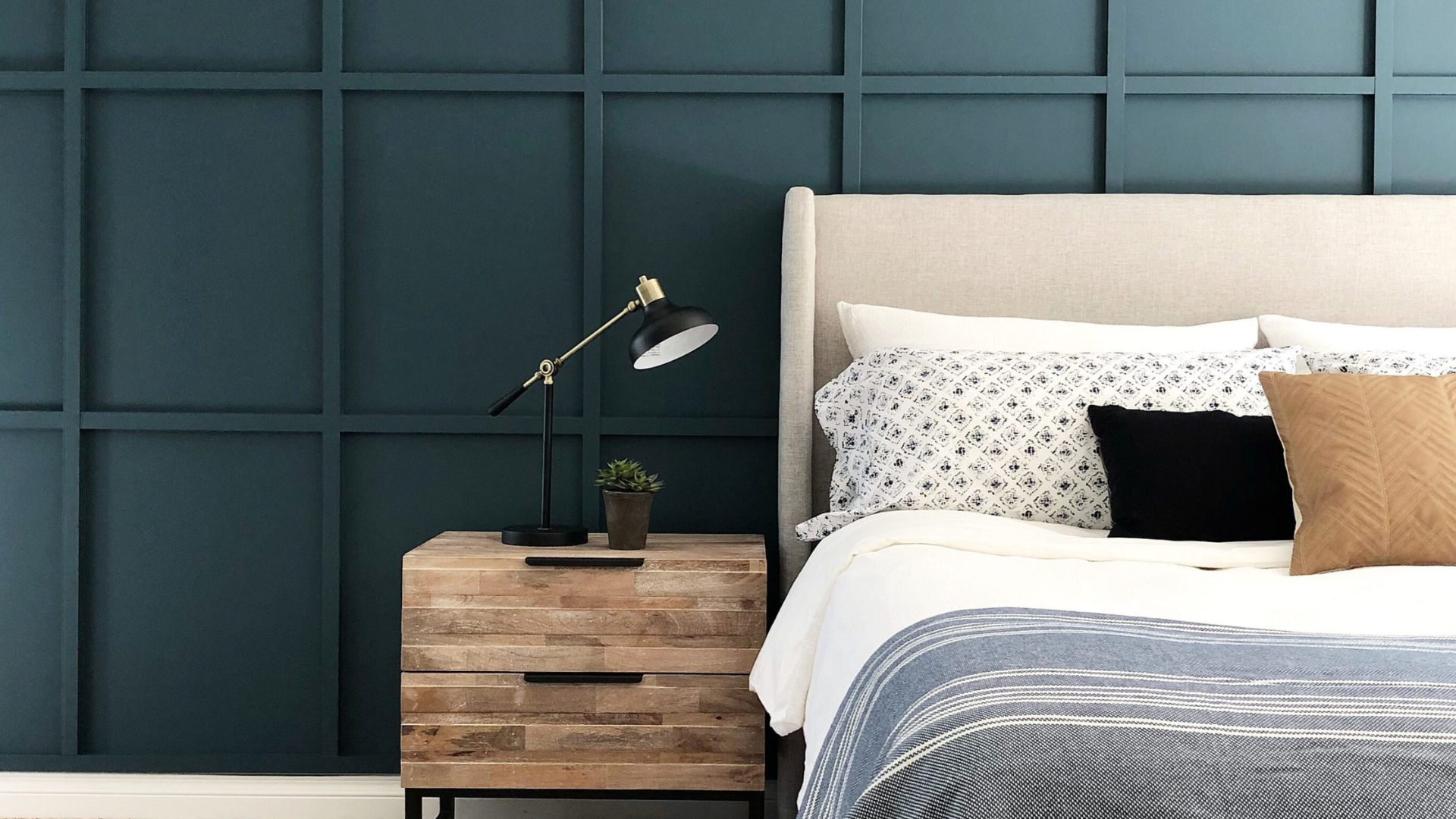
Inside the home, I’ve found that board and batten is a great way to enhance the look of a room without a full renovation.
It’s often used on feature walls, in entryways, and along hallways to add visual interest and depth to otherwise plain spaces.
I especially love how it works in living rooms, bedrooms, and even bathrooms—it can bring in a rustic, traditional, or even modern feel depending on how it’s styled.
Board and batten add warmth and texture, making any room feel more inviting and complete. Whether you’re aiming for a subtle accent wall or a bold design statement, this technique adds character and charm that truly elevates a space.
Pros and Cons of Board and Batten
Pros |
Cons |
|---|---|
| Durability: Board and batten are very strong and can last for many years. | Maintenance: Wood boards need regular maintenance, like painting or sealing, to keep them looking good. |
| Weather Resistance: The design helps protect buildings from rain, wind, and other harsh weather. | Cost: Traditional wood materials can be expensive, especially when considering installation and maintenance costs. |
| Aesthetic Appeal: It adds a timeless, classic look to any space, whether inside or outside a building. | Installation Time: It can take longer to install compared to simpler wall treatments like paint or wallpaper. |
| Versatility: It can be used in both exteriors and interiors, giving a home a lot of character. | Potential Warping: Wood can warp over time, especially if exposed to moisture, requiring repairs or replacement. |
Board and Batten: Installation Considerations
DIY vs. Professional Installation
Installing board and batten can be a fun DIY project if you have basic carpentry skills. If you enjoy working with tools and have some experience with home improvement, you can definitely tackle it yourself.
You’ll need to measure and cut the boards, ensure everything is level, and properly attach the battens.
However, if you’re not comfortable with this type of work or don’t have the right tools, it’s best to hire a professional.
They can handle the installation quickly and make sure everything looks perfect. Hiring a pro can save you time and avoid mistakes, especially if you’re planning to install it on a larger wall or exterior.
Cost Estimates
The cost of installing board and batten can vary depending on the materials and the size of the area you’re covering.
On average, wood board and batten can cost between $2 to $6 per square foot for the materials. If you choose composite or vinyl, it can be a bit more expensive, ranging from $5 to $10 per square foot.
For professional installation, expect to pay an additional $5 to $10 per square foot for labor. If you’re doing it yourself, you’ll save on labor costs but will need to invest in tools and materials.
Design Ideas and Inspiration
Board and batten is a simple wall treatment that can make your home feel warm, cozy, and a little more stylish. If you want to change up your living room or add beauty to a hallway, it’s a great option to try.
Living Room Applications
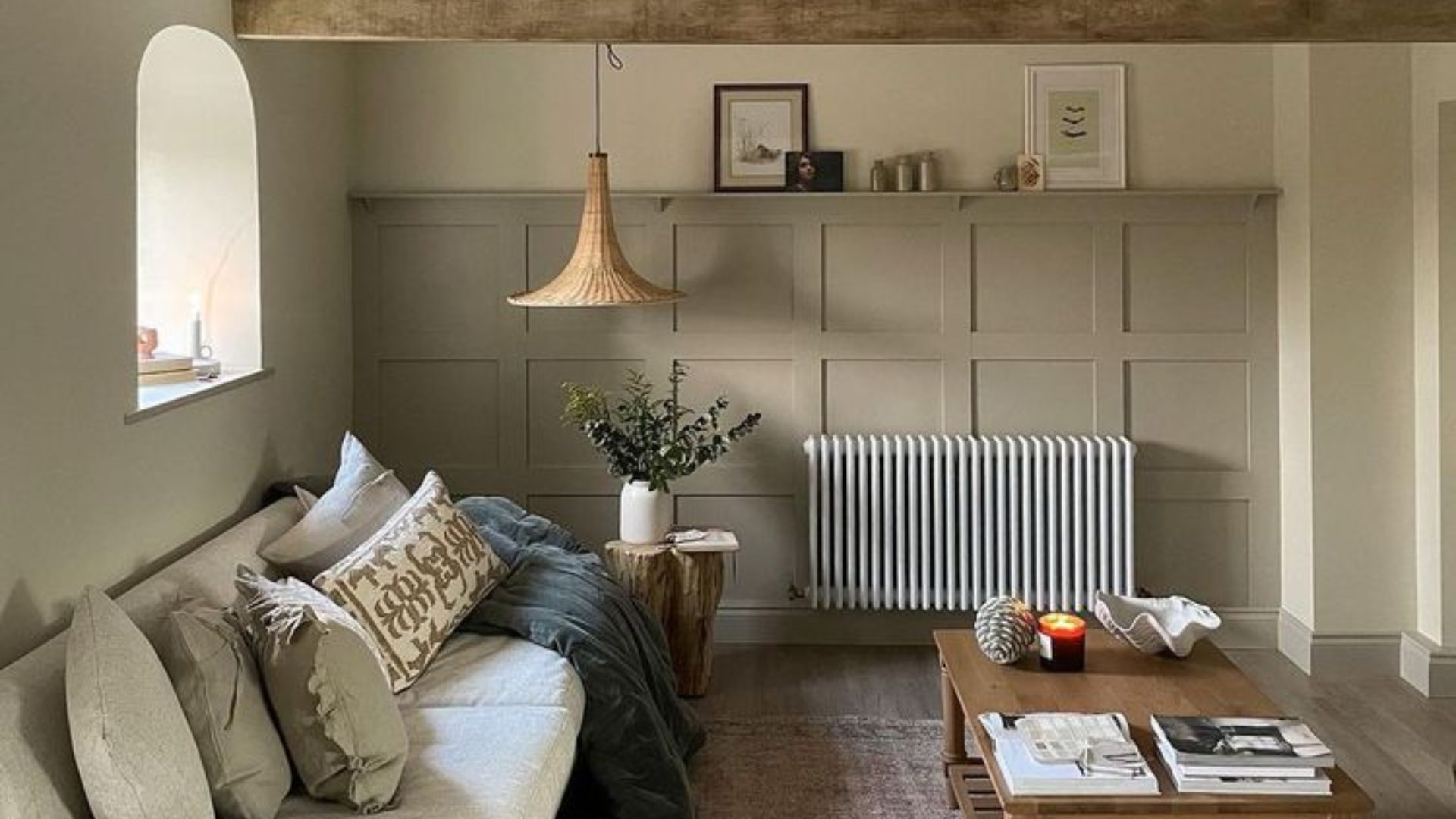
Board and batten can add beauty and character to your living room. For a subtle look, you can use it on the lower half of the wall, creating a wainscoting effect. Pair it with soft colors and comfortable furniture to create a cozy and inviting space.
Another popular idea is using board and batten on a feature wall behind the couch or TV. This gives the room a modern yet rustic vibe.
Bedroom Applications
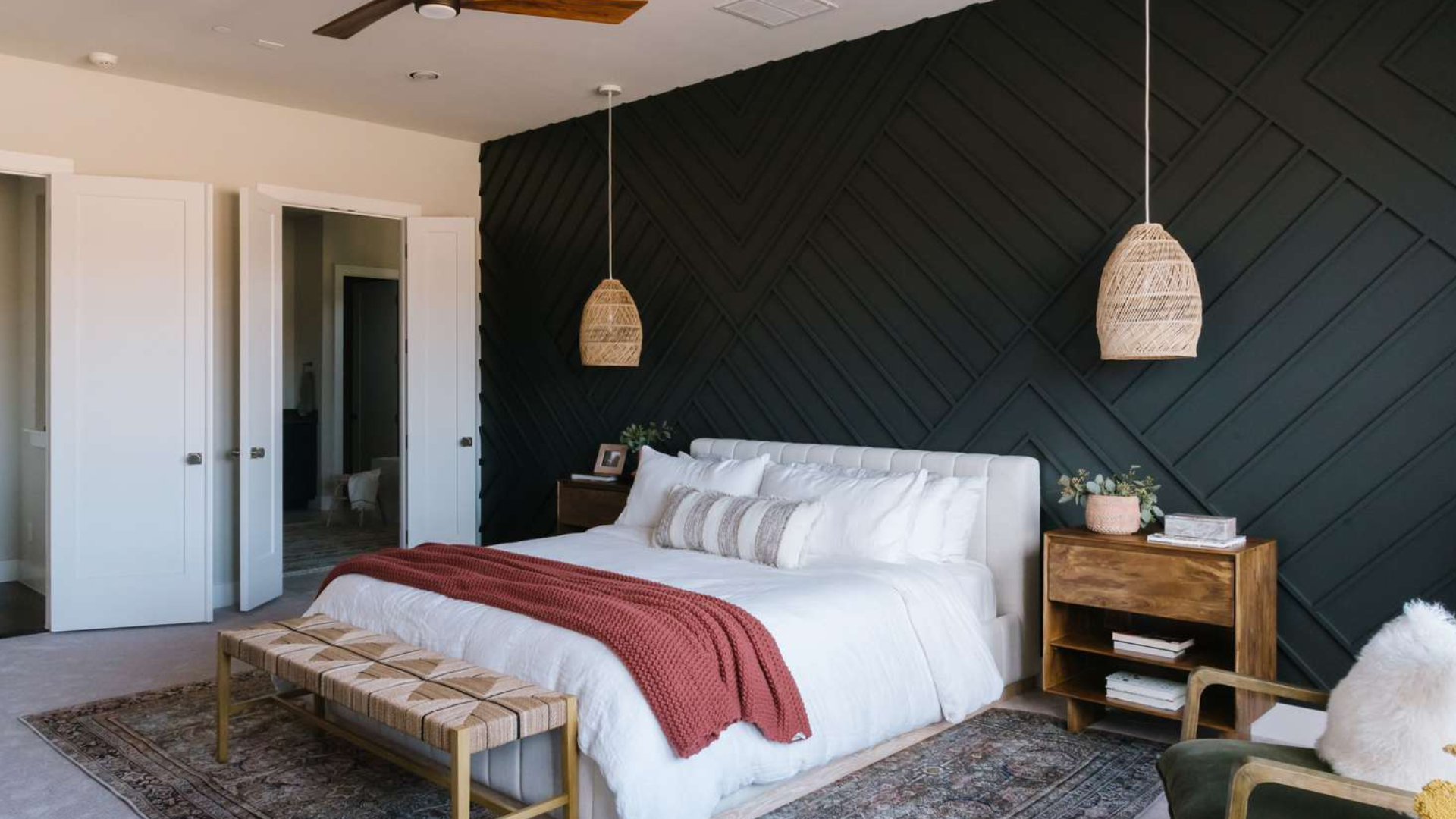
In the bedroom, board and batten can bring a calming and cozy feel to your walls. Consider adding it behind your bed as a headboard alternative. This creates a statement wall that’s both stylish and functional.
If you want to keep it simple, you can use board and batten on just one accent wall, perhaps in a soft neutral color to complement your bedding. It’s a great way to make your bedroom feel more peaceful and put-together.
Warm up Long Hallways
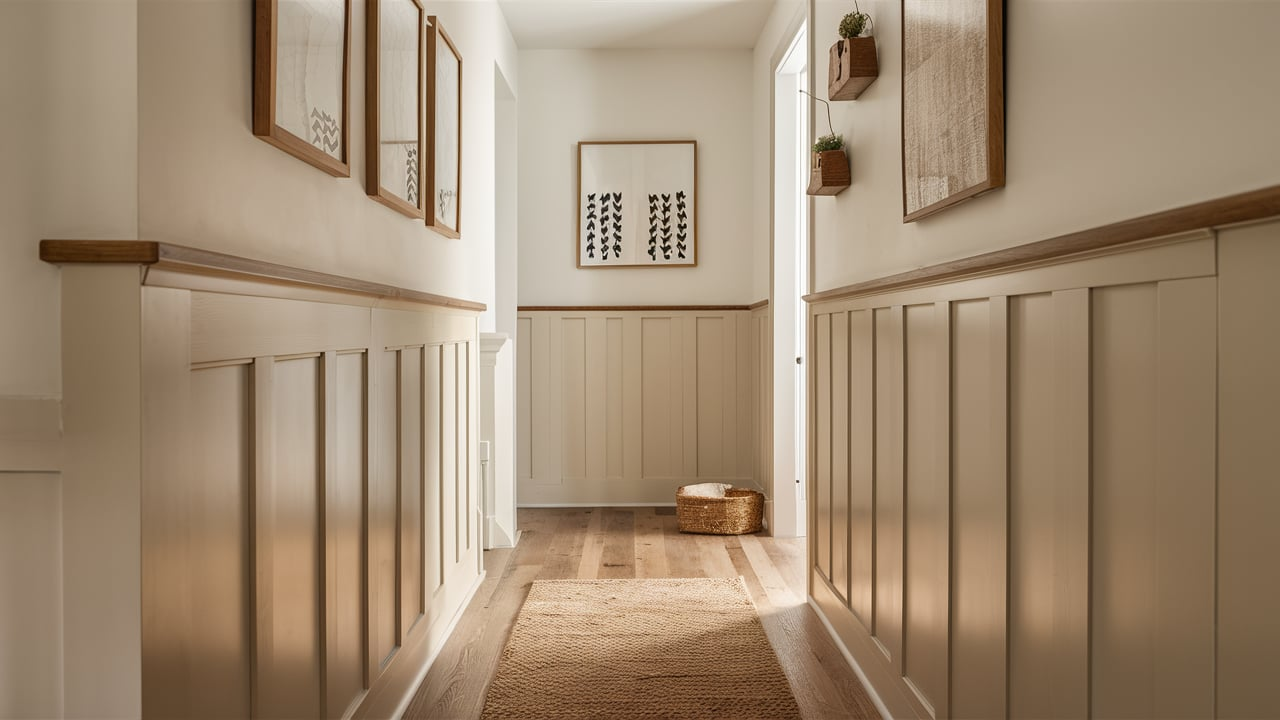
Hallways can sometimes feel cold or plain, but I’ve found that board and batten is a great way to add texture and visual interest.
It also helps protect the walls from everyday scuffs and marks, which is especially helpful if you have kids or pets like I do.
What I really like about board and batten is how versatile it is—it works beautifully with both traditional and contemporary décor styles, making it a smart choice for just about any space.
Bathroom Ideas
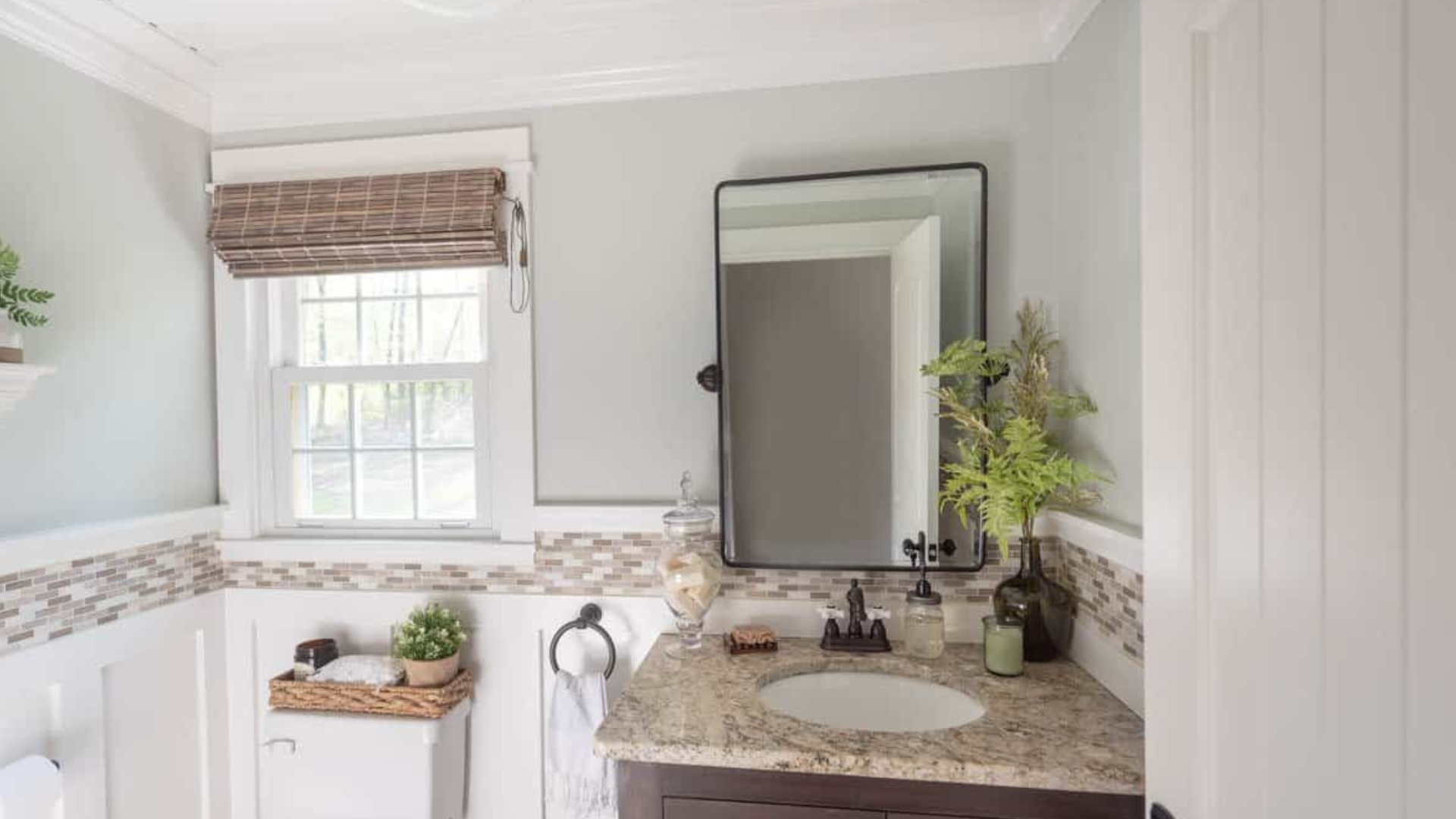
Board and batten look great in bathrooms, too. Pair it with white tile and metal fixtures for a fresh, clean style. It’s a nice way to add interest without crowding a small space.
Traditionally seen in farmhouse-style homes, it gives the building a classic, rustic look that can be updated for modern homes as well.
Small Spaces
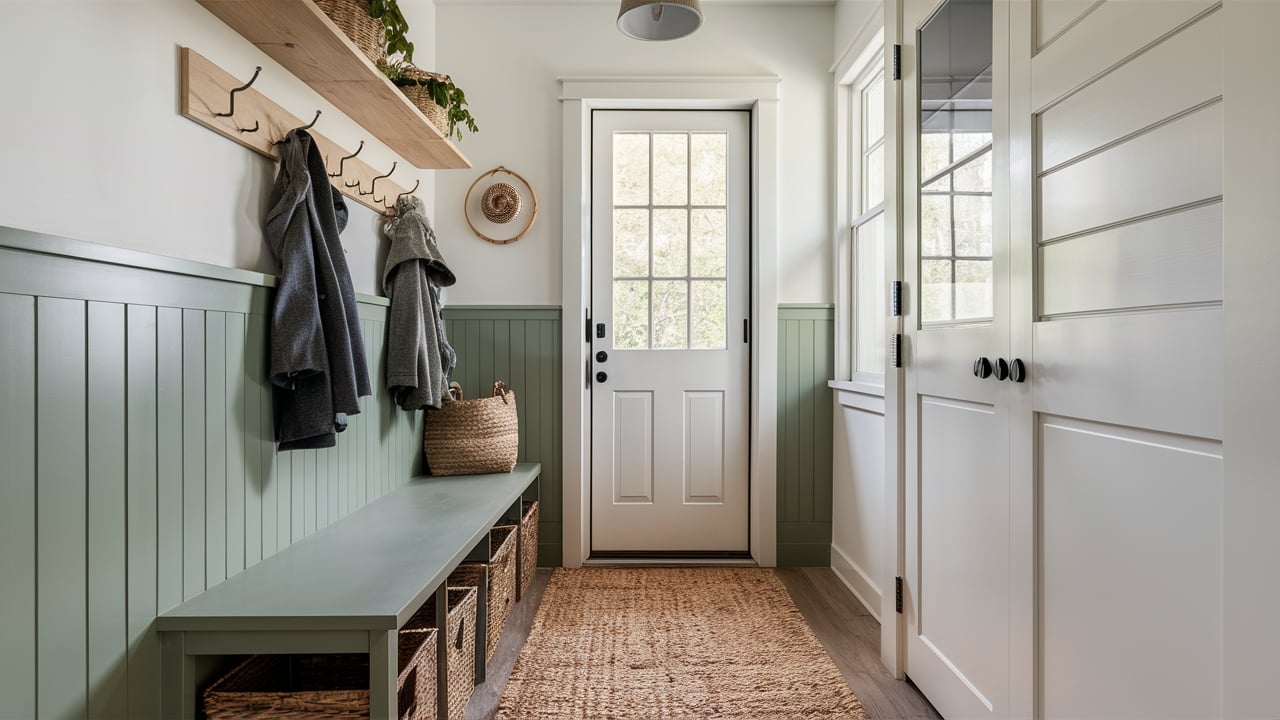
Make tight spots feel special. Even in narrow entryways, mudrooms, or corners, board and batten can help make the area feel more organized and neat. It’s simple but makes a big difference.
Board and batten is easy to add and fits almost any room. It’s one of those small changes that can really make your home feel more cozy and complete.
Conclusion
In conclusion, board and batten is a timeless design choice that adds both beauty and function to any space. Whether used on the exterior of your home or as a stylish feature inside, it brings texture, warmth, and beauty.
While it can be a great DIY project for its simplicity with basic skills, hiring a professional might be the best option for larger projects or if you’re unsure about the installation process.
The costs can vary depending on materials and installation, but it’s worth the investment for the added character it brings to your home.
I’ve seen how this simple technique can completely transform a space and create a cozy, welcoming atmosphere that feels truly special.

